.jpg)
STEM education sits at the center of the talent, innovation, and equity conversations many companies care about. Corporate leaders invest in K-12 STEM not only to do good for communities but also to seed a future workforce that understands real industry tools, processes, and roles. The key to making that investment truly effective is alignment. Corporate STEM funding should reflect a company’s mission, values, and business context so that every dollar advances both community outcomes and a coherent corporate narrative.
This guide gives you a practical path to align CSR with mission in STEM, choose the right delivery models, partner well with schools, and measure outcomes that matter to executives and community stakeholders.
Investing in STEM can cultivate interest, awareness, and foundational skills in the fields your company relies on. Early exposure and hands-on practice may contribute to a stronger, more diverse pipeline of candidates over time.
Visible, local impact that serves schools in underserved areas can earn durable goodwill. When your program design is transparent, standards aligned, and easy for schools to implement, trust grows faster and lasts longer.
STEM programs that emphasize doing, not just knowing, can help communities develop problem solving, systems thinking, and collaboration. That capability is the soil where future suppliers, partners, and employees often grow.
Think of mission alignment as a filter that ensures your investment tells one consistent story. Use the checklist below to pressure test fit before you fund.
Mission Alignment Checklist
Examples of alignment in practice
If you want a partner with ready-to-run experiences that schools can implement with minimal lift, explore Betabox’s Onsite Field Trips and Hands-On Projects. Both are built to align with district needs and can be supported by community partners.
Collaborate with organizations already operating evidence-based STEM experiences. This approach may reduce administrative overhead for your CSR team and increase fidelity in schools.
Fund scholarships that reduce barriers for underrepresented students to pursue STEM pathways, or support teacher fellowships that translate industry practice into classroom projects.
Design skill-based engagements where employees co-facilitate hands-on sessions, sit on student design reviews, or share career stories. Guardrails, training, and classroom-ready materials help volunteers be effective without adding burden to teachers.
If you want a single partner that helps you stand up a portfolio across these models with clear evaluation, see Stakeholders to understand how industry and institutions partner with Betabox to support schools.
Strong partnerships are co-created. The most successful corporate programs follow a simple sequence.
Plan → Fund → Implement → Measure
Pro tip: Keep logistics light for schools. On-campus delivery avoids buses and subs, reduces risk, and boosts participation. Extending the experience into classrooms with project kits can maintain momentum after the big event.
Measurement should be useful to educators and legible to executives. Aim for a small set of indicators you can track reliably across sites and semesters.
Student-centered indicators
Educator-centered indicators
Corporate-centered indicators
Betabox provides school-friendly, research-aligned experiences you can pair with evaluation. To see delivery models that map neatly to the indicators above, review Onsite Field Trips and Hands-On Projects.
One-Page Funding Brief
Use this one pager to get internal buy-in from CSR leadership and to align scope with district teams before funding.
If your team wants a low-lift way to scope a mission-aligned portfolio and fund it with confidence, start a conversation with Betabox’s partnership team. See how industry and institutions work with Betabox on the Stakeholders page.
If you would like a mission-aligned STEM plan scoping call tailored to your company and your community focus, visit Stakeholders to connect with Betabox’s partnership team.
What are the first steps to funding a STEM program through CSR?
Start with a short planning session that captures your CSR pillar, the schools you care about, and constraints such as timing and volunteer capacity. Co-scope a plan using the Plan → Fund → Implement → Measure sequence, then choose a delivery model that schools can run with minimal lift. To explore options, review Stakeholders for partnership pathways and examples.
How can a company ensure its mission aligns with school needs?
Use a shared alignment checklist. Map your pillar to district goals, identify where hands-on learning fits into the school calendar, and confirm that topics are relevant to local industry. Prioritize equity and teacher support, then lock scope only after a co-planning step with school leaders. When in doubt, select turnkey, school-requested formats like Onsite Field Trips that are simple to schedule and implement.
What types of STEM initiatives have the strongest ROI for companies?
Programs that combine whole-school access with classroom follow-through often deliver the most balanced value. An on-campus experience can raise awareness broadly, and classroom project kits can sustain skill development. This pairing makes outcomes easier to measure and explain in CSR reports. See Hands-On Projects for ready-to-run classroom extensions.
How can employee volunteers participate?
Design clear roles that match volunteer skills to student activities. Examples include co-facilitating a build station, serving as a design review panelist, or hosting a short career Q&A. Provide simple prep materials and in-program coaching so volunteers feel confident without burdening teachers.
Is it possible to measure the impact of funded STEM programs?
Yes. Focus on student interest, knowledge gains, and career awareness, along with teacher confidence and program repeat requests. Keep tools short and classroom-friendly, and summarize results in a way executives can read in minutes. For evidence language and examples, see Evaluation.
What platforms can streamline funding and reporting?
Work with delivery partners that offer built-in planning support, school logistics, and plain language evaluation reports. Betabox provides turnkey experiences paired with evaluation approaches schools can use, along with partnership workflows outlined on Stakeholders.


Ready to learn how Betabox resources can be implemented at your school or District?
Book a Blueprint Call

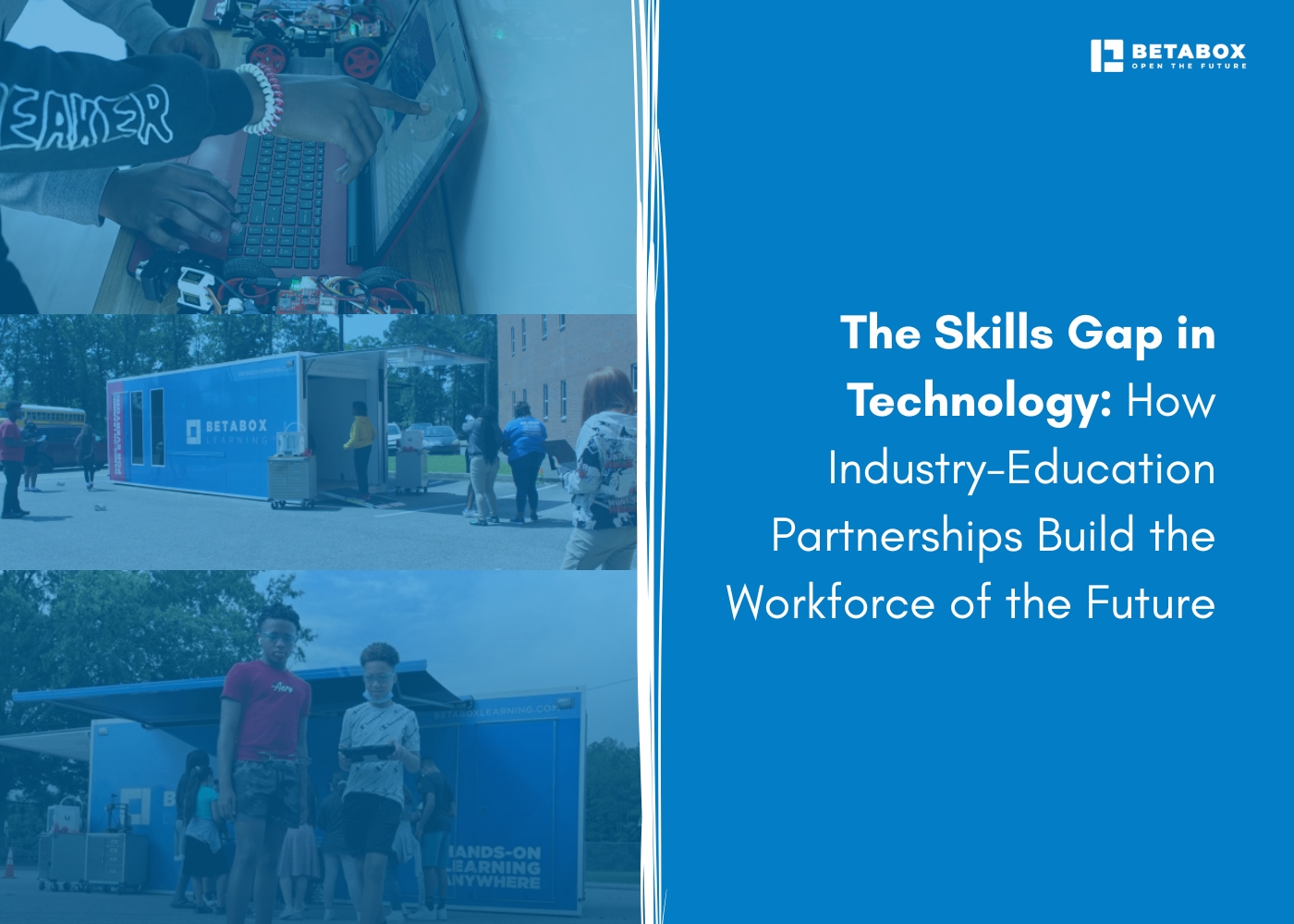

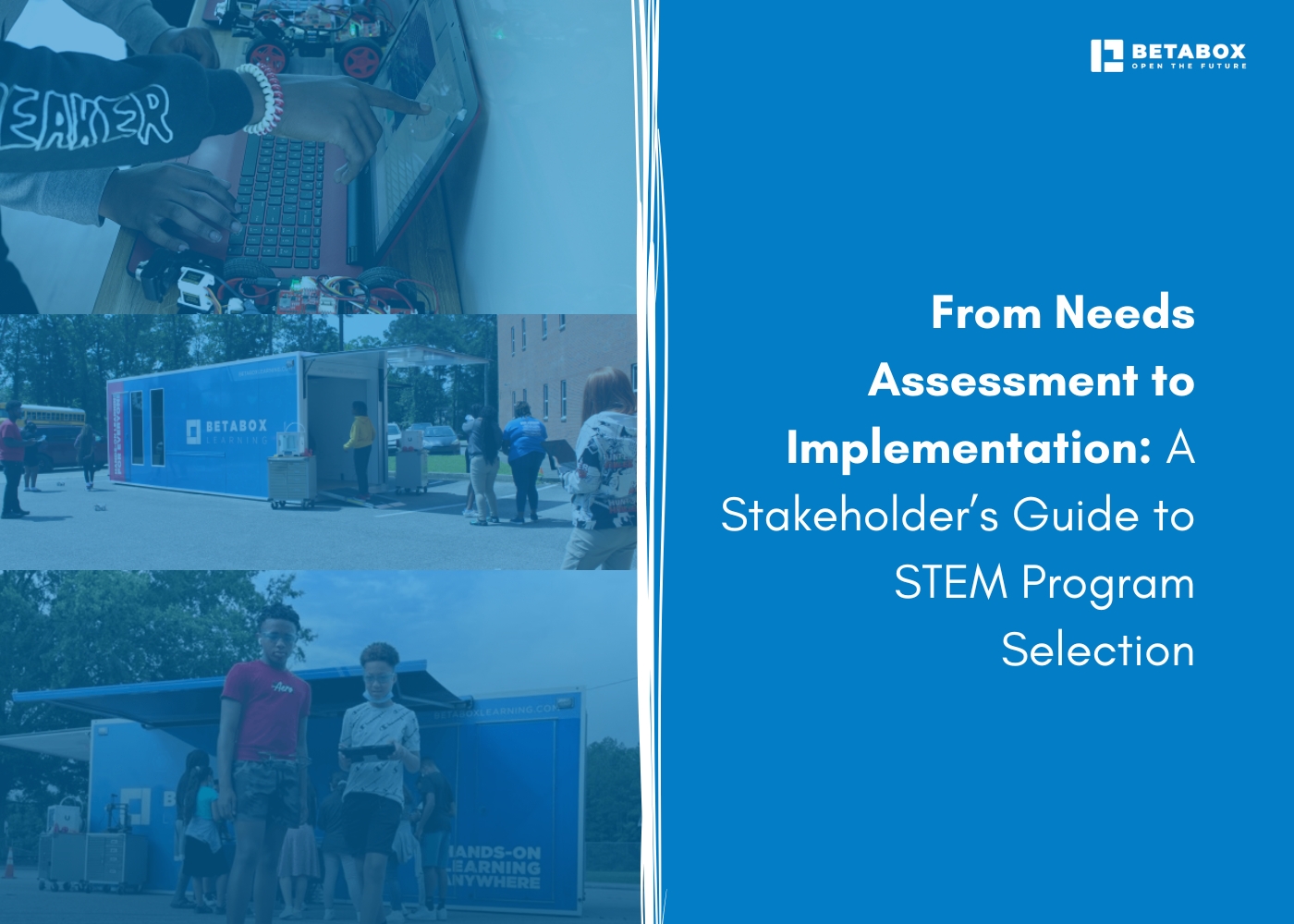

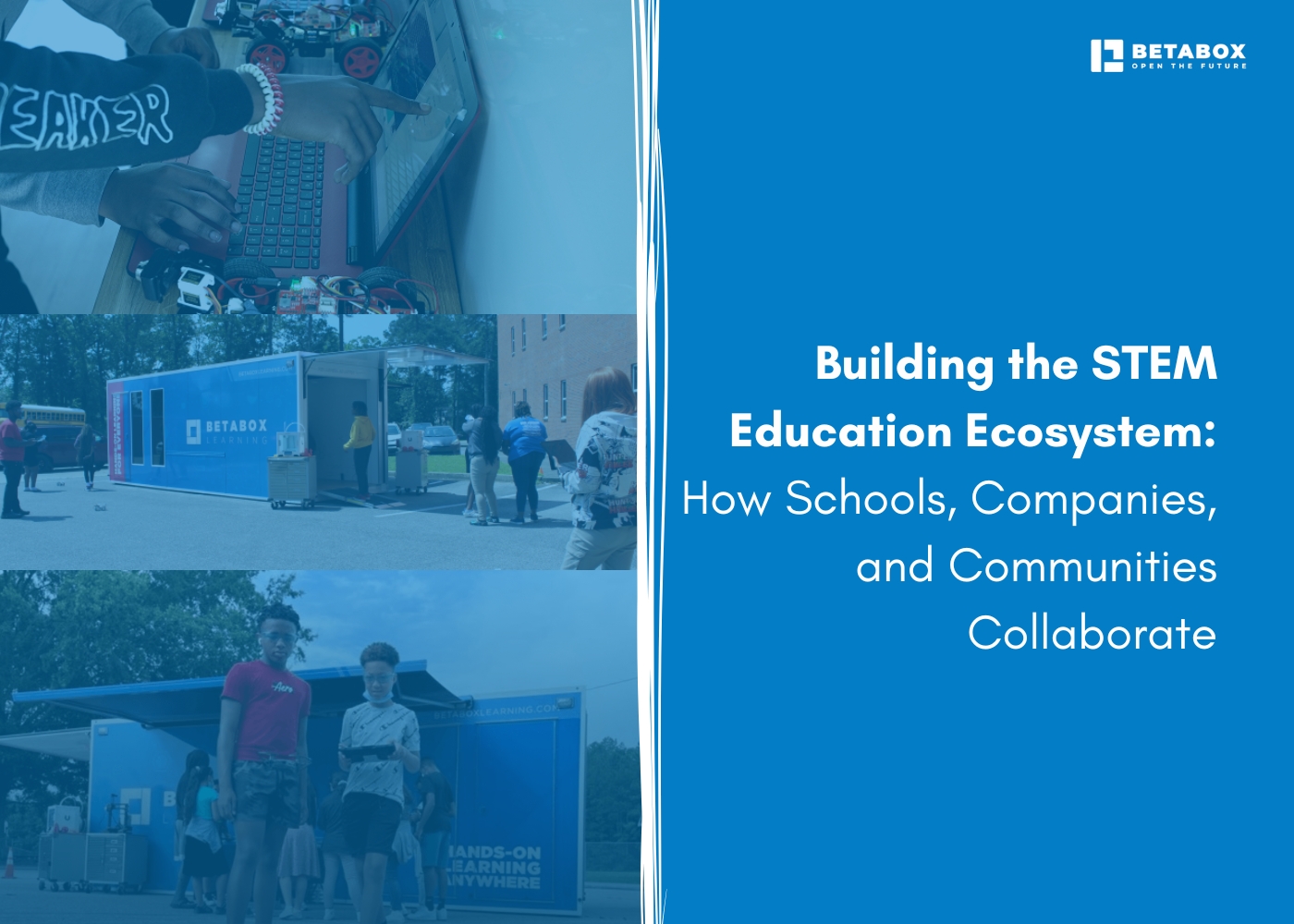

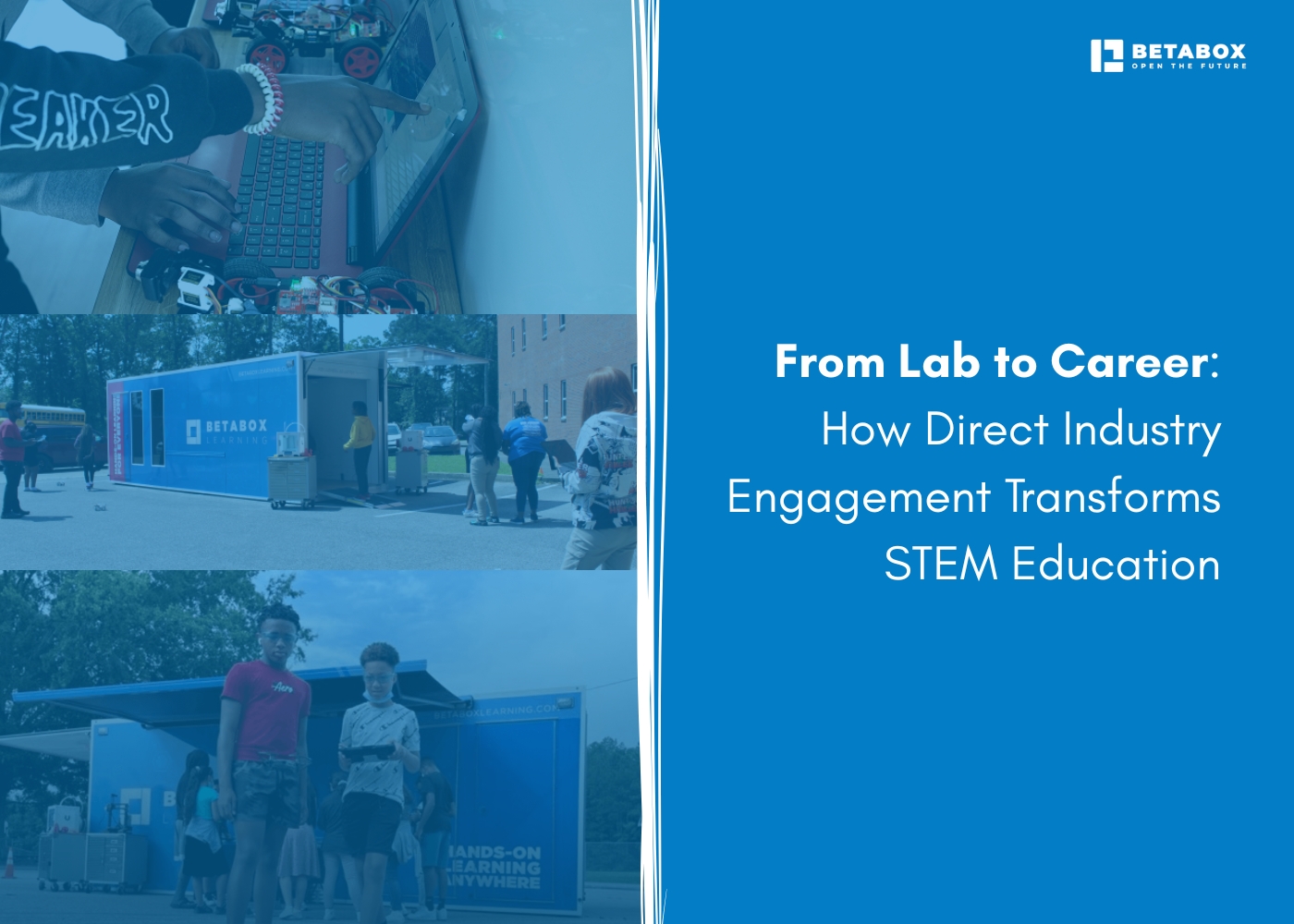

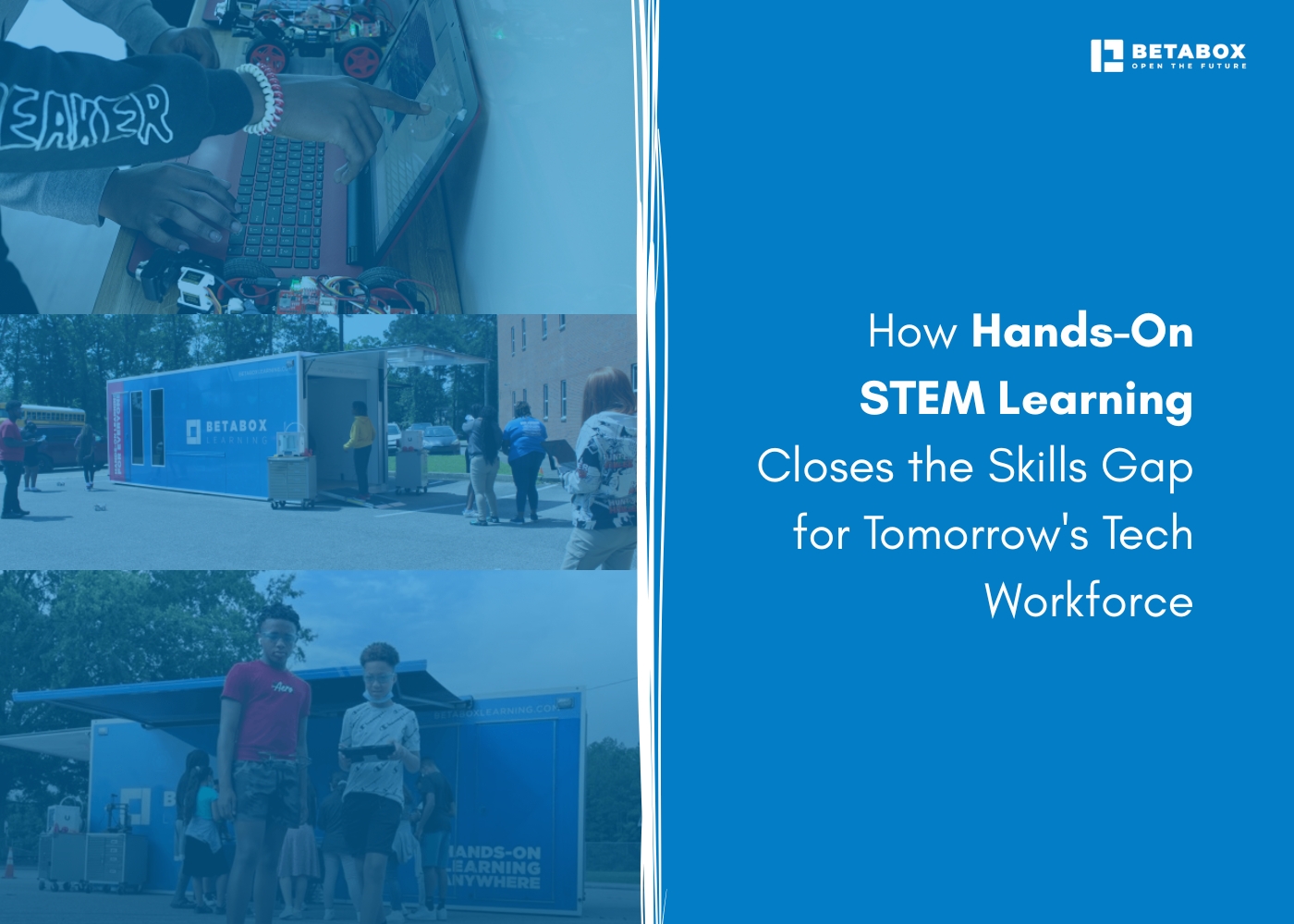

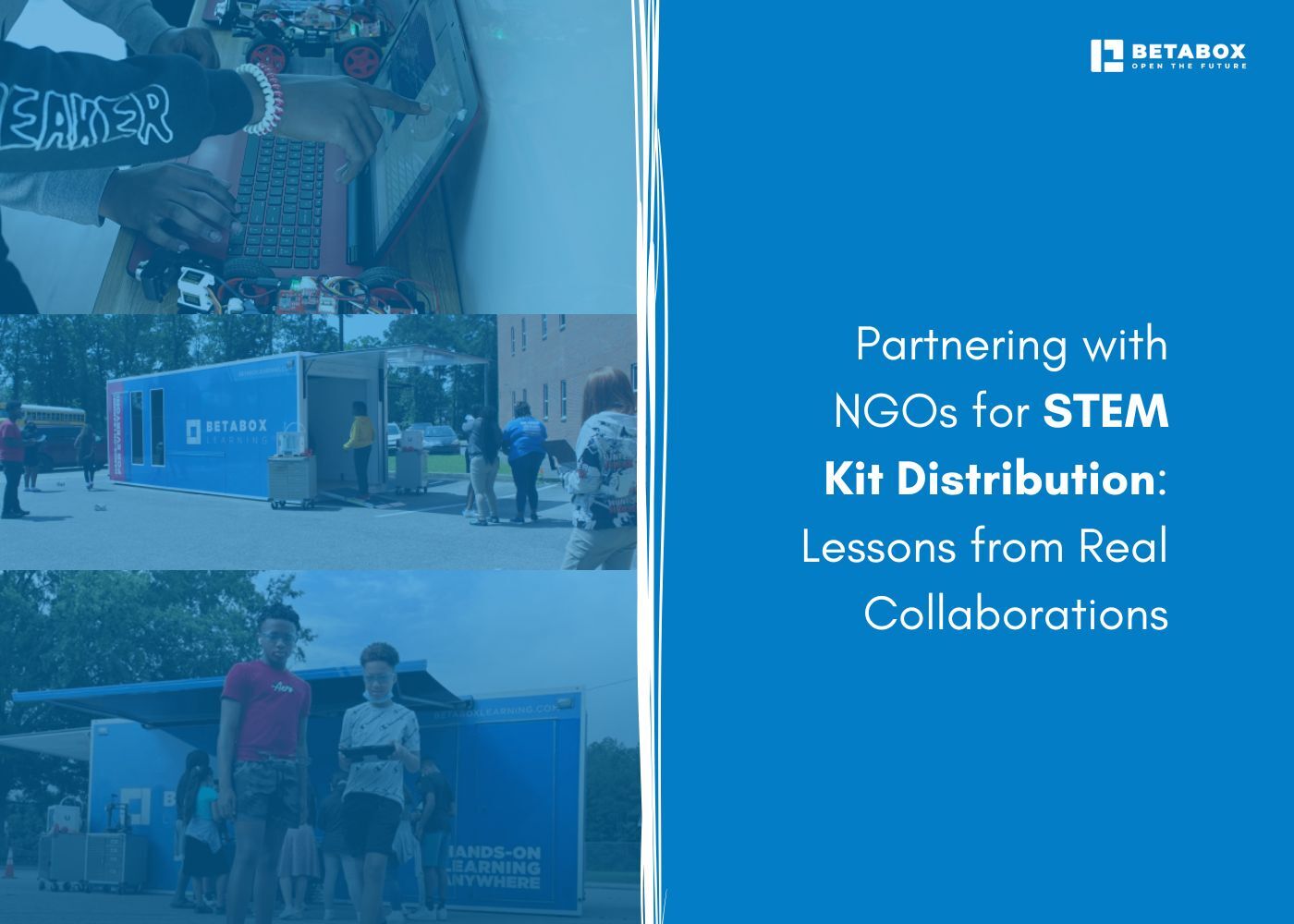

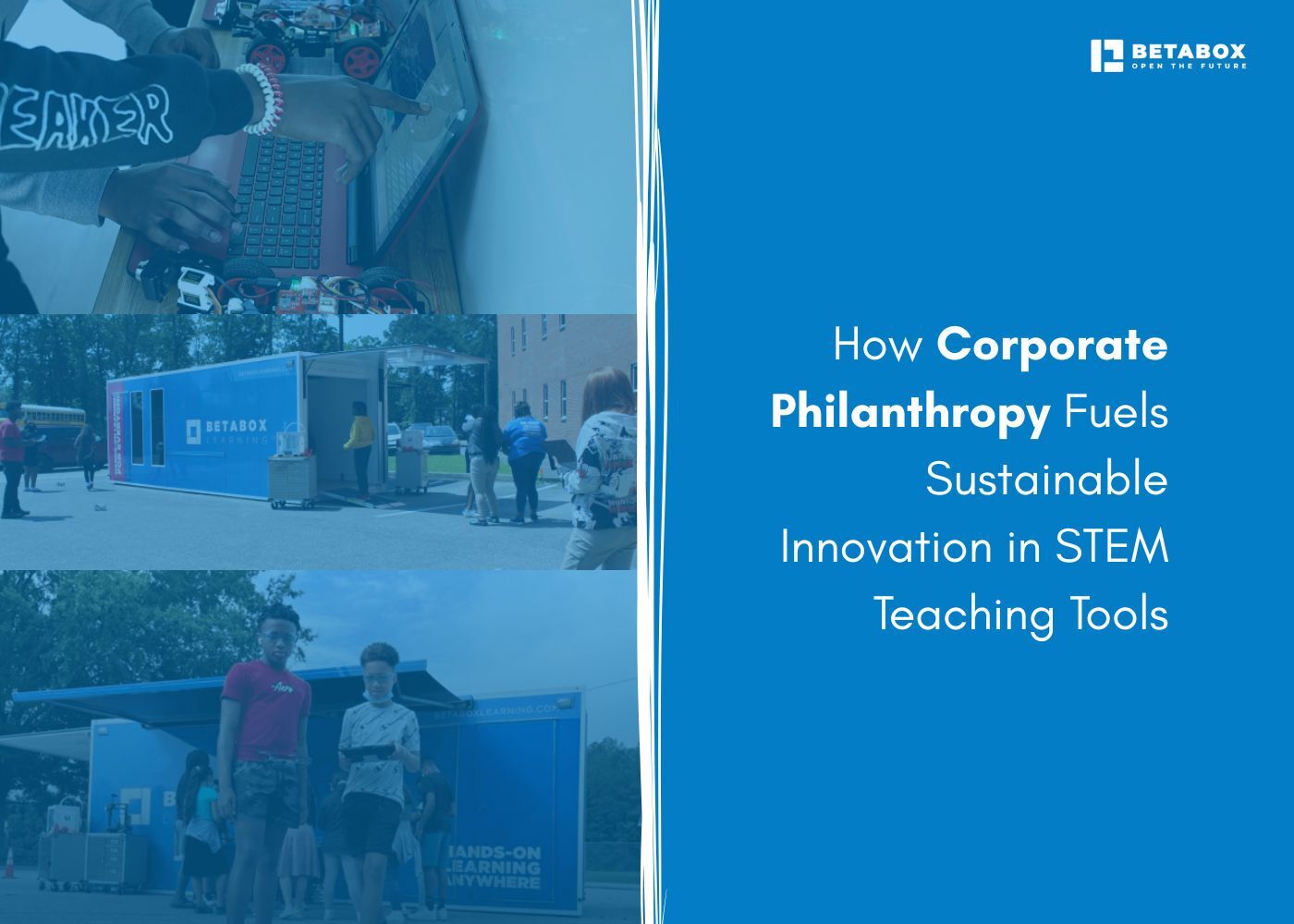

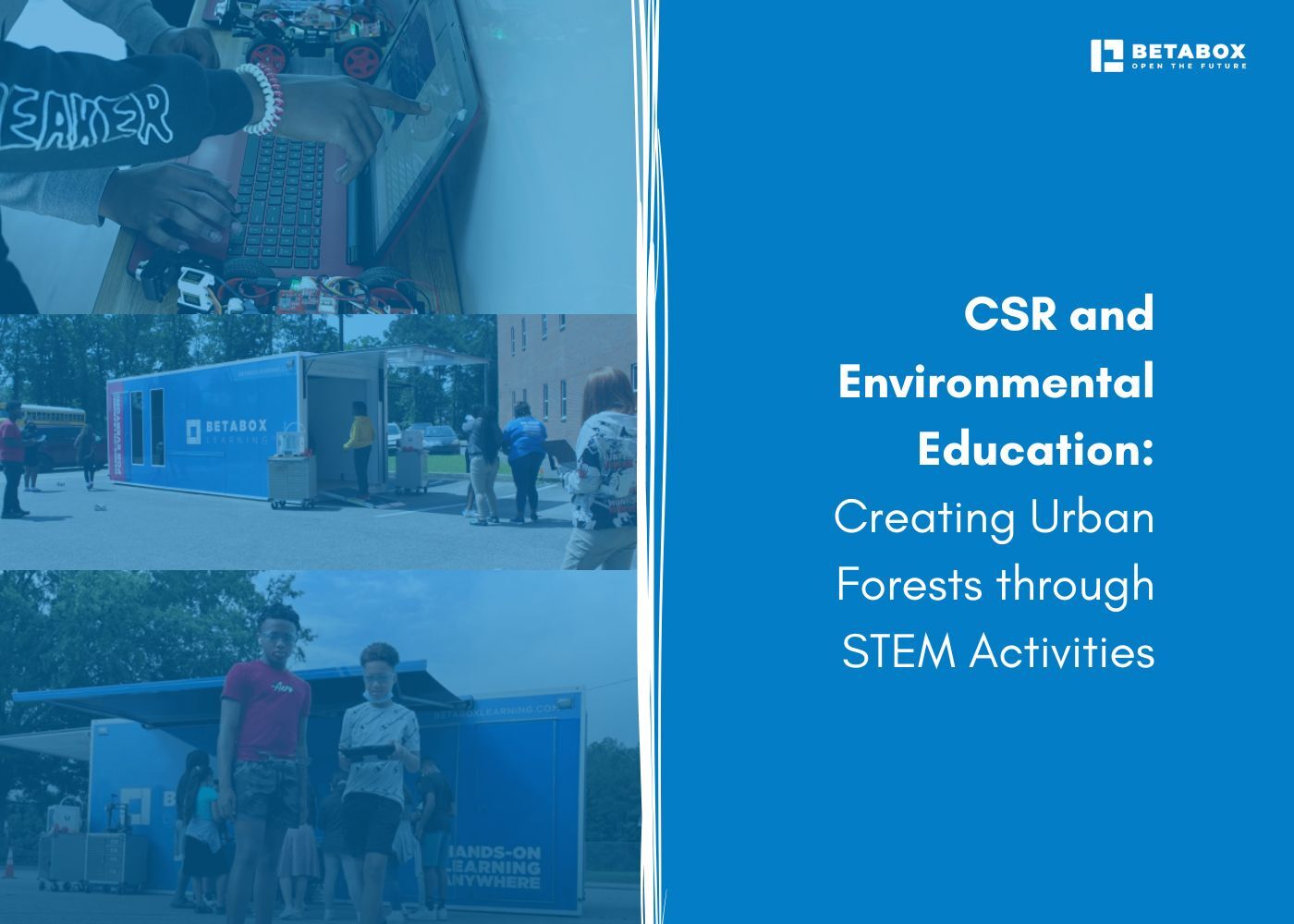

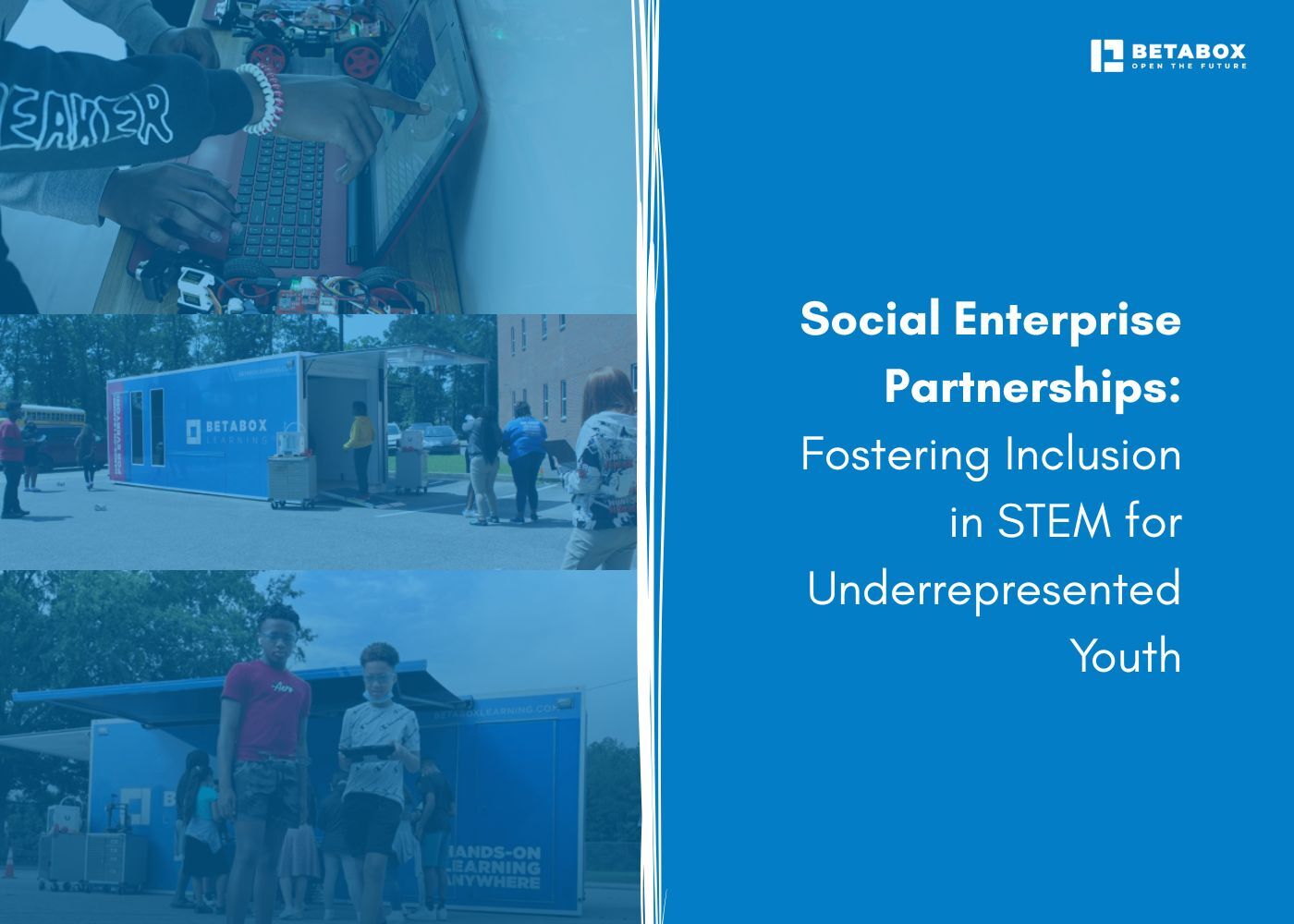

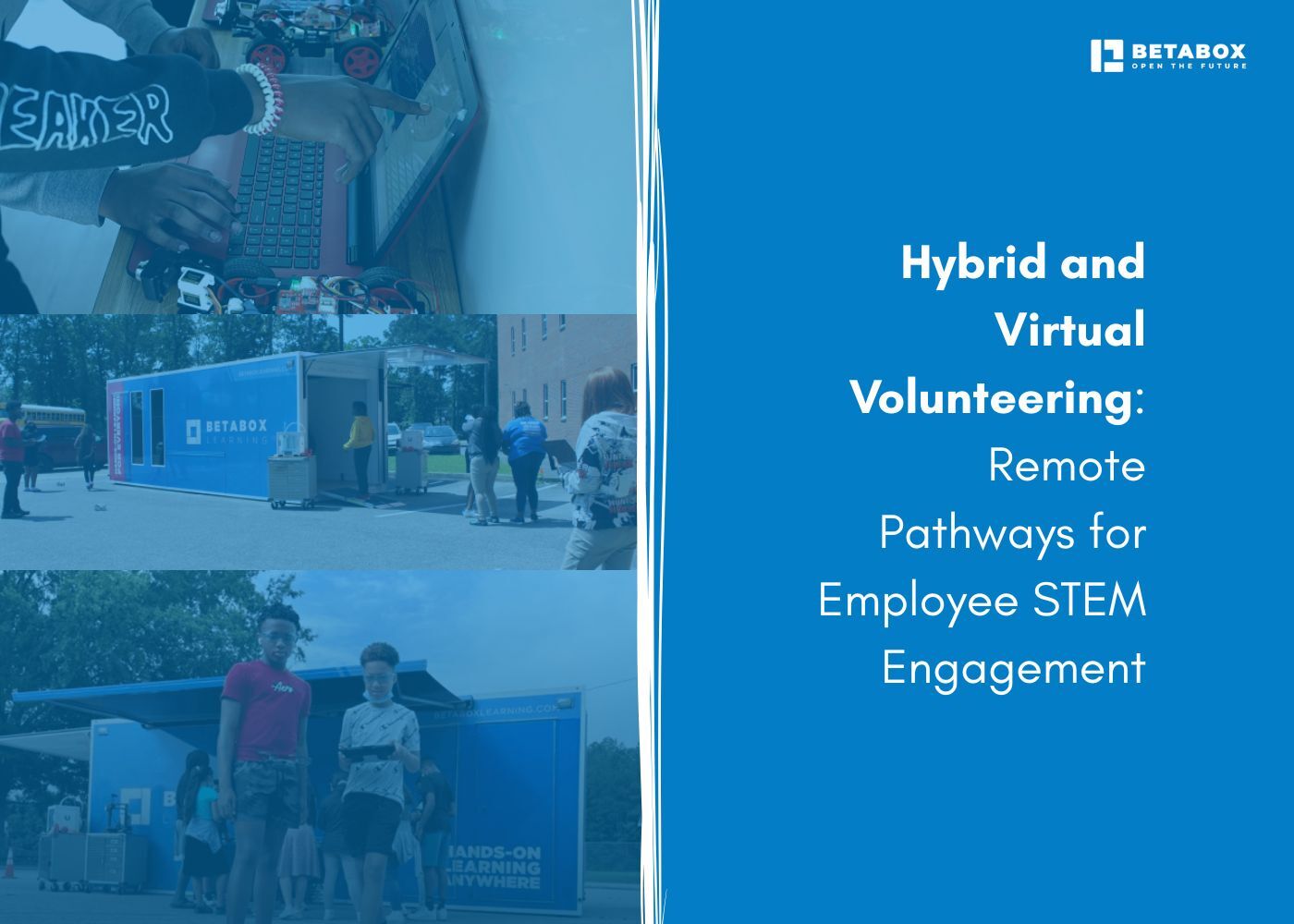

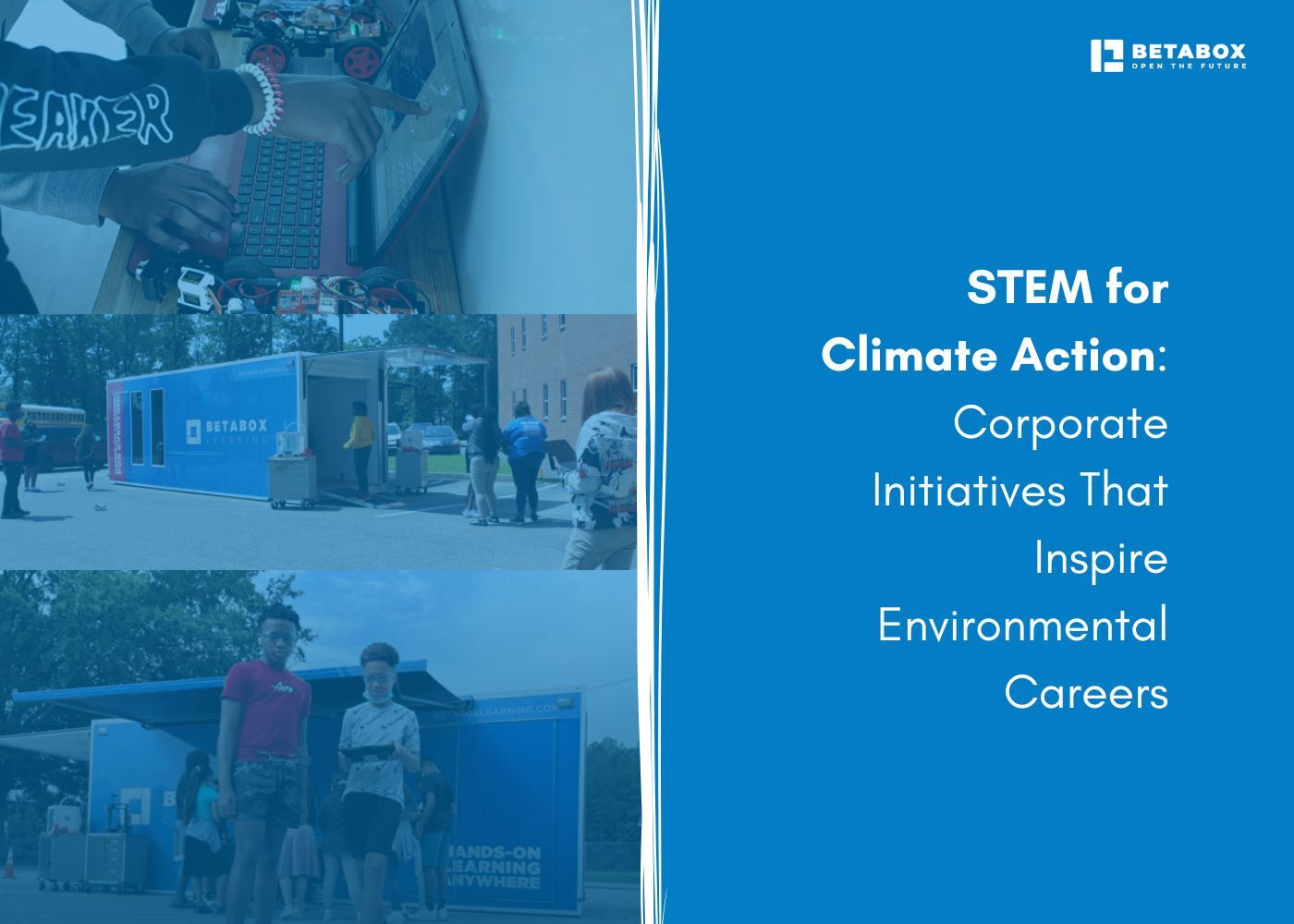



At Betabox Learning, we are passionate about making hands-on STEM curricula accessible to all students.

Join our newsletter to stay in the loop on all things Betabox and the future of STEM education.
By submitting your email address, you agree to our Privacy policy and Terms of Service. You can unsubscribe any time via the link in your email.
© 2025 Betabox. All Rights Reserved
